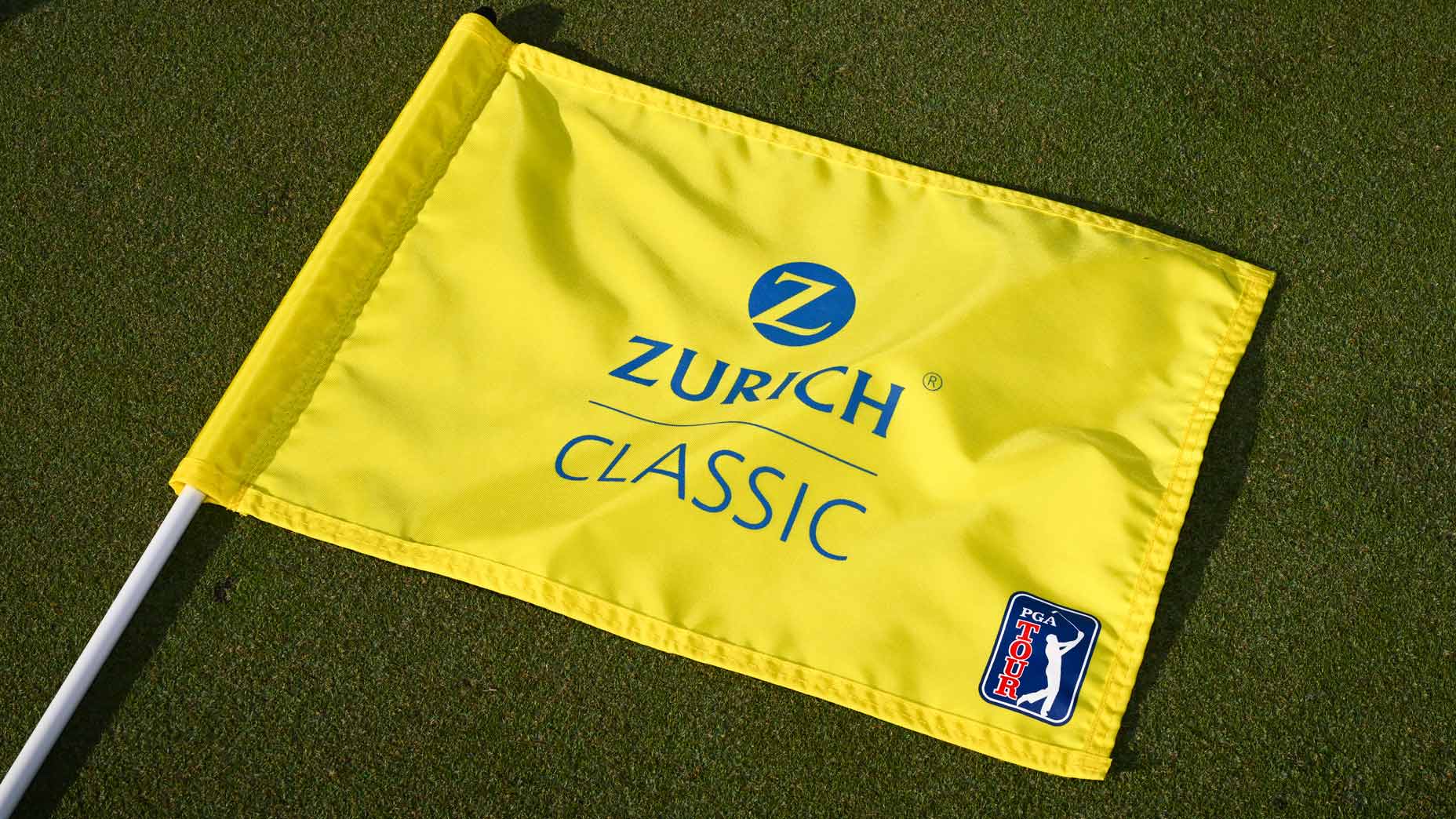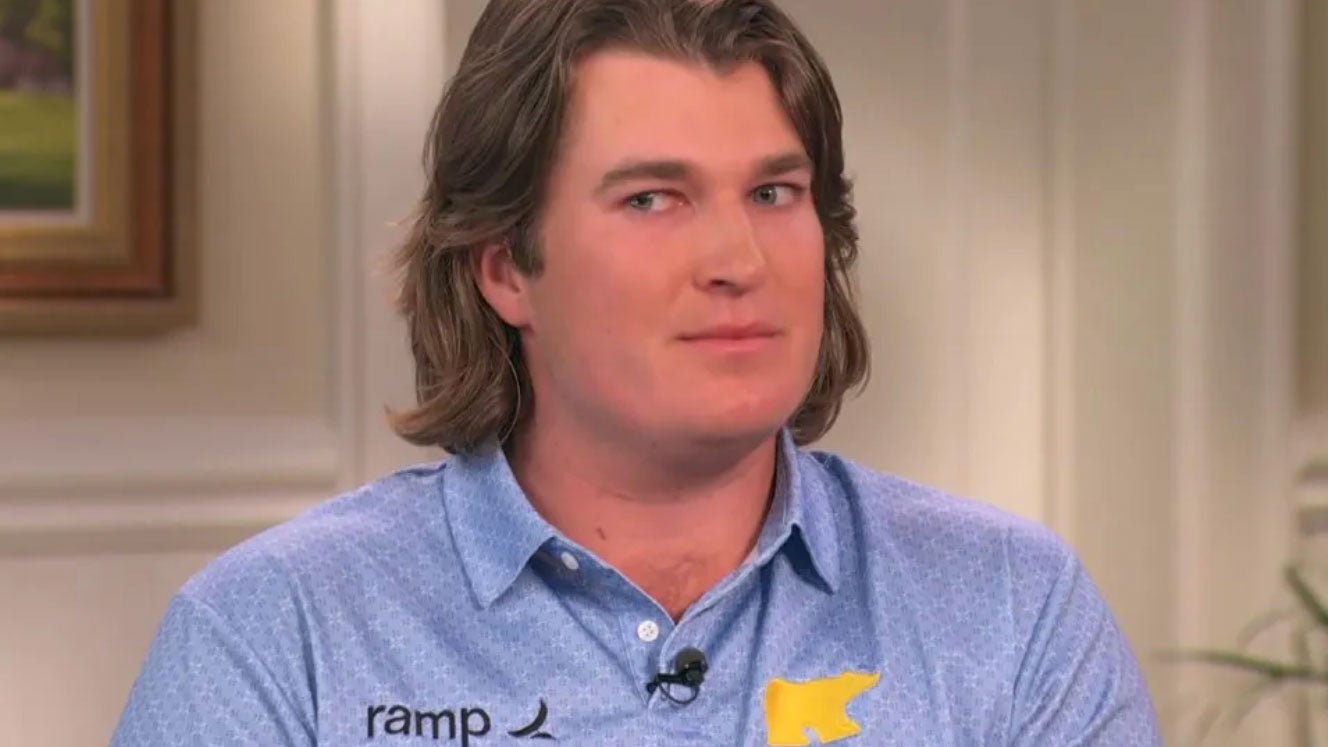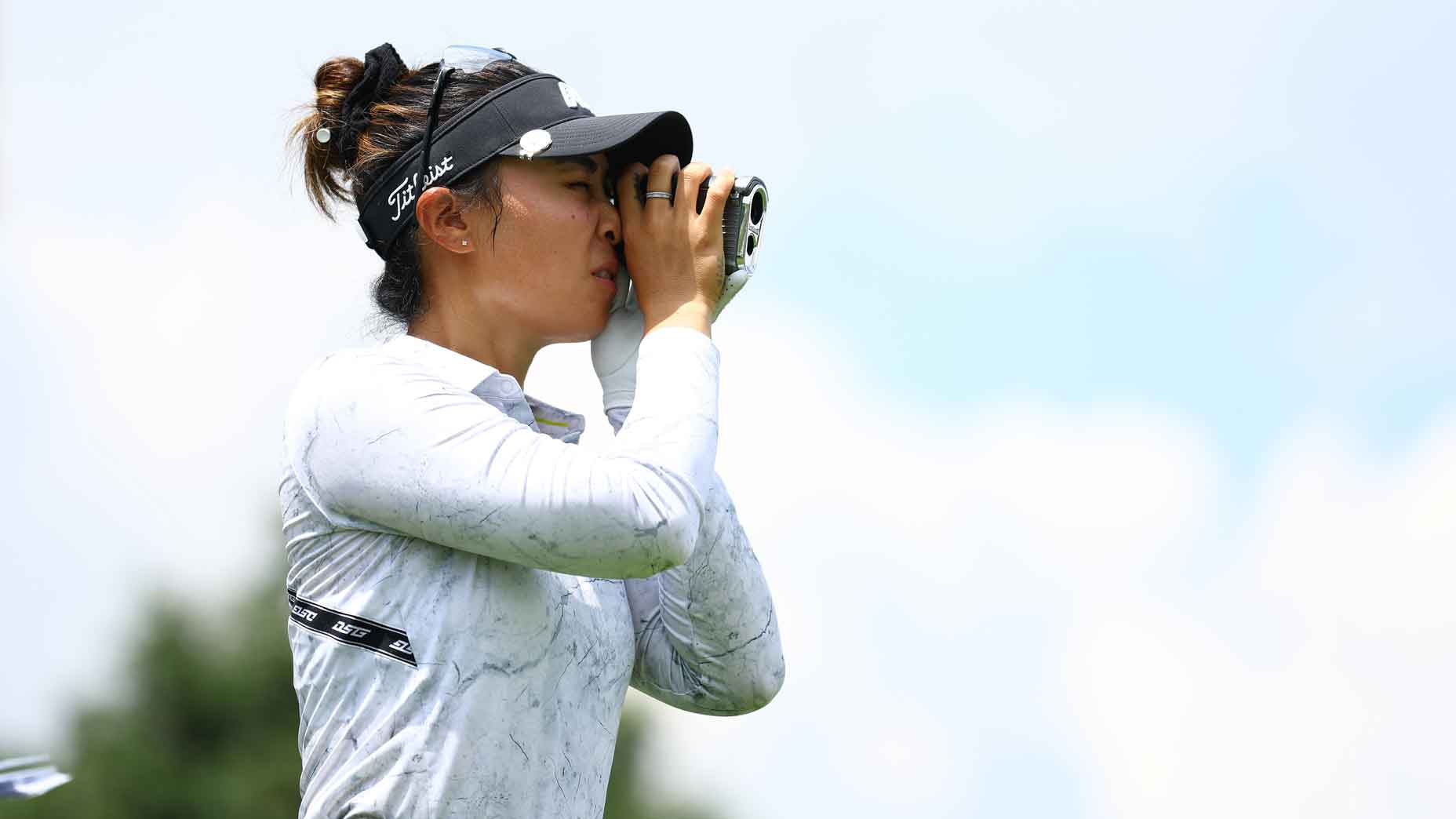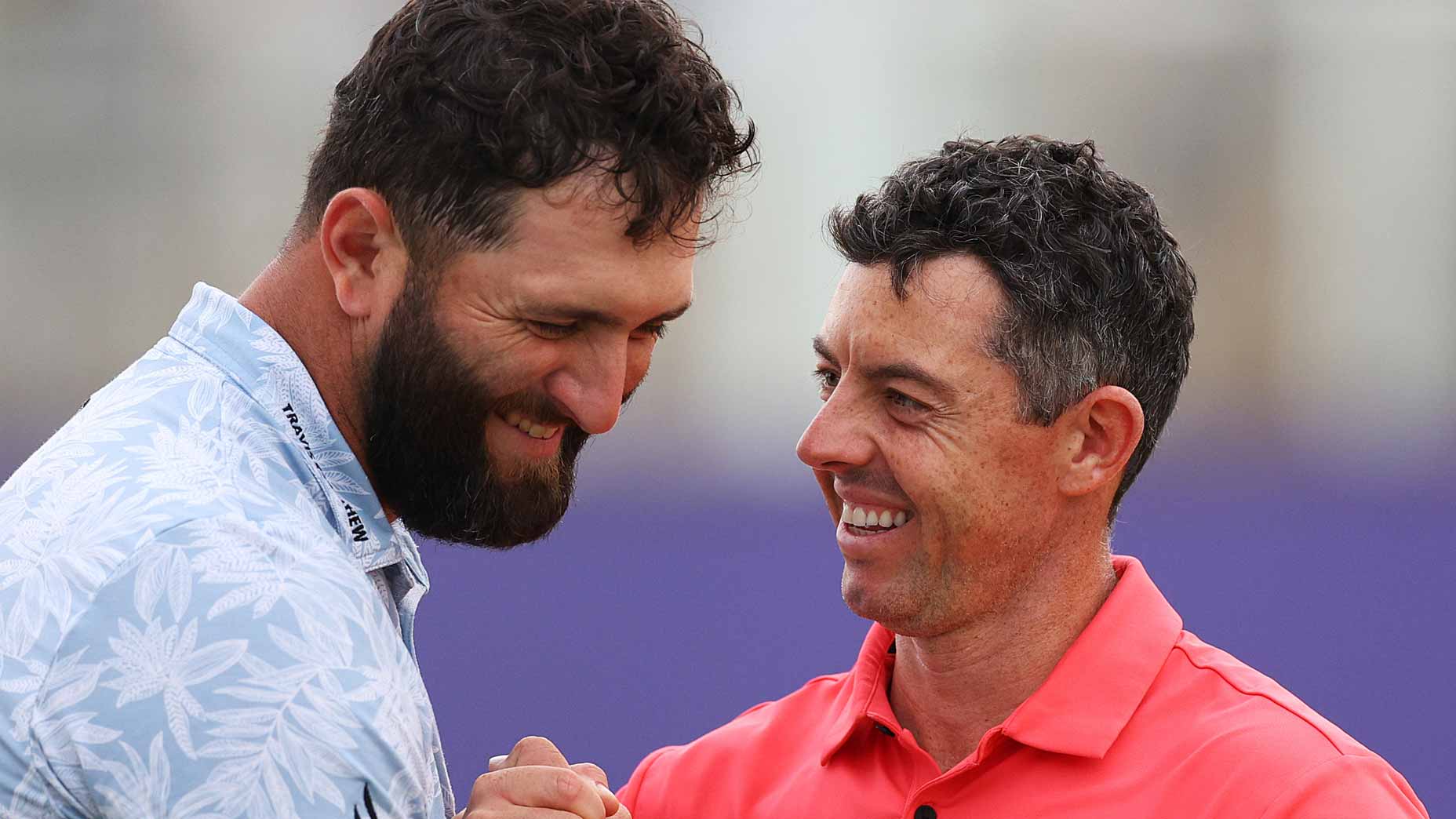A golf photographer’s days are always long and hectic, but the frenzy intensifies at major championships, specifically the Masters Tournament. The season’s first major presents a few unique challenges that photographers don’t typically encounter. The toughest among them is not being able to duck under the ropes. The Masters is the only tournament throughout the year that doesn’t grant photographers access inside the ropes. This means we must navigate the packed galleries, sweet-talk our way through patrons, or park ourselves inside the small, roped-off photographer locations that are typically situated outside the scope of television cameras.
That said, most hurdles turn into tremendous opportunities. Simply being at my first Masters pushed me to work beyond sleep deprivation to keep snapping photos. Below is an hour-by-hour recap of how I structured each of my days at the 2019 Masters.
6:00 a.m.
Wake-up call. Stretch, shower and pack up. We head off to Augusta National, which is located just shy of two miles from where I’m staying for the week. I unpack my backpack and set up my working station, then I unlock my locker. My station and my locker are located in the photographer’s working area, which we so eloquently call the “photo pit.” Then I head upstairs for a quick bite. It’s critical to stay fueled and hydrated during any week, but the 2019 Masters is an especially hot and humid one, making hydration extra essential. So I load up on fluids.
7:00 a.m.
Once we finish breakfast it’s time for me to set up my gear for the morning. Typically, morning shots consist of two Nikon Z7s with a wider lens and a telephoto lens. Once I have cleaned, checked and loaded cards into the cameras, I head for the media shuttle that takes me from the press building to the first hole at Augusta National.
8:00 a.m.
Since Augusta doesn’t grant photographers early access to the course, capturing sunrise landscape images is all about timing and luck. Some days, depending on who’s monitoring the patrons and early access to the course, we’re allowed to head out to the course at 7:45AM. But most days, the security officials stick firmly with the 8AM access schedule.
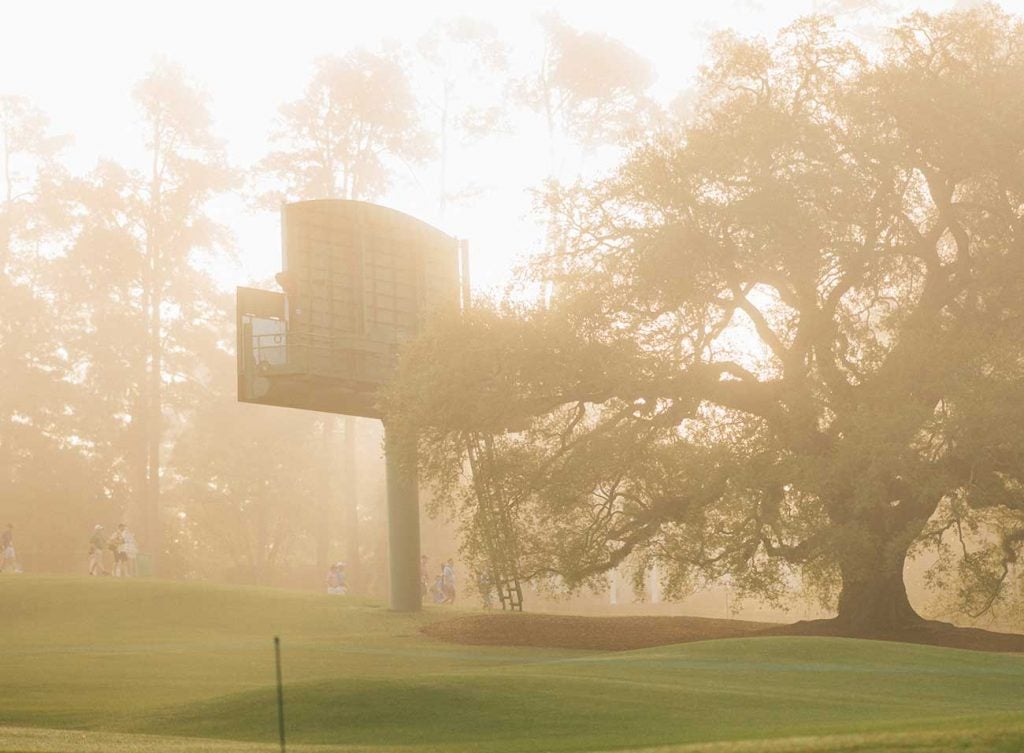
9:00 a.m.
I start to wander back in from the course towards the main leaderboard that sits just off the first fairway — this is where patrons are still filtering in. This is a great opportunity for me to observe the patrons and find those who stand out from the rest. The Masters is unique, and capturing that uniqueness is difficult without focusing on the patrons and volunteers. They really make the tournament extraordinary.

10 a.m.
I head back into the press building to download, edit and upload my images from the morning. I’ve shot a few hundred frames already and none of them include a professional golfer…yet. As I download the cards and start editing images, I pour more coffee, take a sip of water, and grab another quick bite of food. I have about 45 minutes to edit, caption and upload images before I need to start shooting the first wave of golfers. Depending on assignments that come up that day, I tailor the groups I follow based on needs. I clean and change any equipment that I need before I head back out.
11:00 a.m.
I position myself to capture creative images of the golfers. I watch a few groups roll through certain spots to get an idea of where their shots are landing, what the lighting is like and how the images are coming together. As pairings with more notable players begin later in the day, I want to plan out the shots I want to take. Given the large galleries following these groups, I’ll need to leapfrog from hole to hole. That’s why having a plan is so essential. I’ll do this prep work for a few more hours while also trying to document the first half of the day.
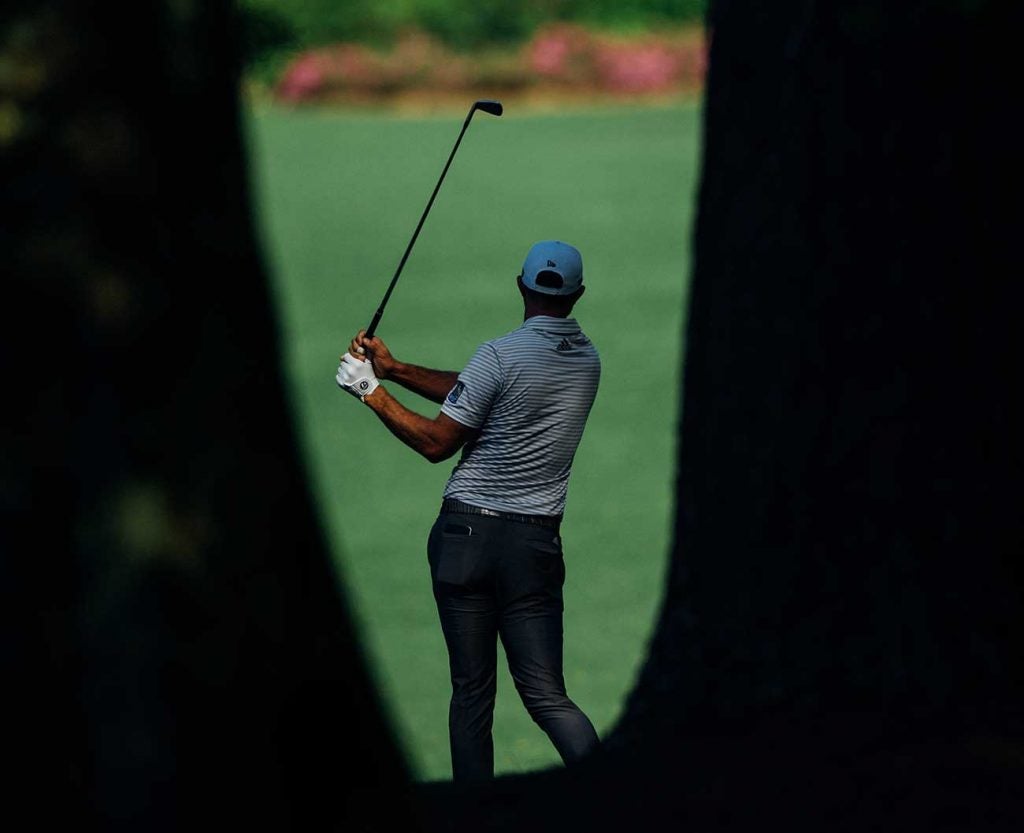
1:00 p.m.
This is when the beating sun and the intense humidity tend to become most bothersome. And since the best light is a few hours away, this is my last opportunity to take a break and download images. So as much as I dislike leaving the course, I head back to the press building. After hiking eight or nine miles in the morning, a quick break for lunch and hydration is mandatory. After recharging with fresh batteries and cleaning my equipment, I know I’ll be back out on the course for another five or so hours.
1:30 p.m.
And we are baaaaack. Security guards and volunteers chuckle as I shuffle past them yet again. I’ve lost track of how many times I come and go. This time I’m walking down toward the range to catch the last groups warming up before they head to the first tee. I stop and snap a few images of the caddies preparing for the day and the young patrons who peer on in disbelief. Between now and when Augusta National closes for the day, I will walk another few miles cutting around the course to document the action. I post up on certain tee boxes and across from landing areas, searching for the best chance of capturing clean approach shots. This is all a matter of calculated guessing and a little bit of luck.

6:00 p.m.
As the final pairings near the end of their rounds, I follow them closely to try to capture their essence and energy. At times, the tension gets so high I feel as though I could charge my phone with that energy (if officials allowed me to have mine with me, of course). But as the final pairings approach the 18th, I start to think about peeling back towards the sixth tee or perhaps the 13th green. I’m trying to capture the moments similar to those I saw in the morning. Ultimately, I’m trying to bookend my day at the Masters with visuals that tell the starting, middle and end of a story, because my goal is to use my images, not necessarily my words, to be a storyteller.
7:00 p.m.
It’s right around this time that officials start to clear the course. Whether you’re a patron or a photographer or part of the “working press,” security starts asking everyone to leave. So I make my way back to the press building. As I drop my gear, I start downloading files for the last time today. I begin selecting my favorite shots. I store the bulk of my camera gear in my locker, grab a few snacks for later and head out to the parking lot.
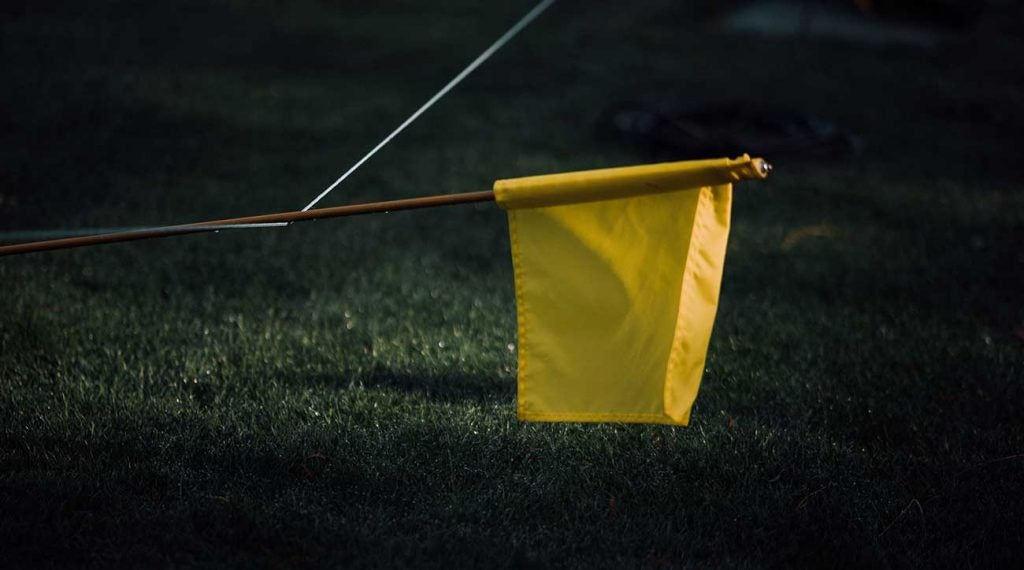
8:00 p.m.
Now’s my time to take a quick shower, have a quick bite, and enjoy a quick break. There aren’t enough hours in the day for anything beyond “quick.”
9:00 p.m.
Since the photos I took this morning have likely already been shared online or via GOLF.com’s social platforms, I start editing photos I shot throughout the afternoon. Then I pour over the images I snapped over the course of the entire day to edit those that stick out and set them aside for another use. I do this while watching the Masters re-air on TV. It’s amazing how much of the tournament I missed while pressing my eye to a viewfinder for the majority of the day.
11:00 p.m.
After I finish my edits, I review tomorrow’s tee times and weather forecast to start outlining my day. If the GOLF.com team needs a specific group, person or image, I bake that request into my rough schedule. I take a blank sheet of paper and write down my “must-haves,” my “wants,” and my “back-burner” images for the next day. Waking up with a clear plan of attack is the only way I can stay focused.
Midnight
Lights out. Rinse and repeat.


